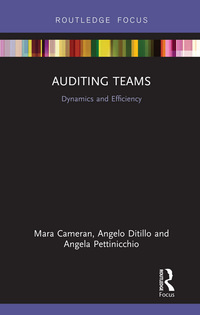Question
As you have seen in Chapter 17, companies depreciate, or write off, the expense of tangible assets such as trucks and equipment over a period
As you have seen in Chapter 17, companies depreciate, or write off, the expense of tangible assets such as trucks and equipment over a period of their useful lives. Many companies also have intangible assets that must be accounted for as an expense over a period of time. Intangible assets are resources that benefit the company but do not have any physical substance. Some examples are copyrights, franchises, patents, trademarks, and leases. In accounting, intangible assets are written off in a procedure known as asset amortization. This is much like straight-line depreciation, but there is no salvage value. Suppose you are the accountant for a certain pharmaceutical company. In January 2000, the company purchased the patent rights for a new medication from Novae, Inc., for $18,000,000. The patent had 15 years remaining as its useful life. In January 2005, your pharmaceutical company successfully defended its right to the patent in a lawsuit that cost $670,000 in legal fees. (a) Using the straight-line method, calculate the patent's annual amortization expense (in $) for the years before the lawsuit. $ (b) Calculate the revised annual amortization expense (in $) for the remaining years after the lawsuit. $
Step by Step Solution
There are 3 Steps involved in it
Step: 1

Get Instant Access to Expert-Tailored Solutions
See step-by-step solutions with expert insights and AI powered tools for academic success
Step: 2

Step: 3

Ace Your Homework with AI
Get the answers you need in no time with our AI-driven, step-by-step assistance
Get Started


